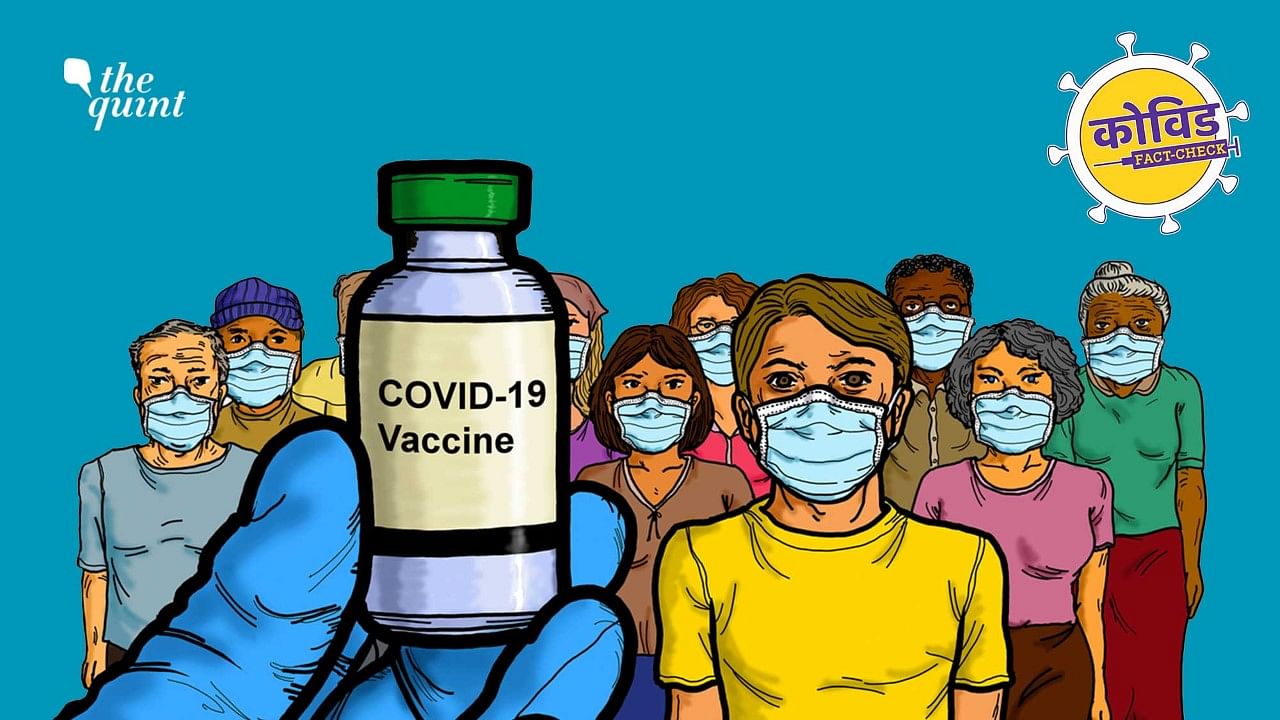- A-29, Industrial Area, Site IV,
Sahibabad, Ghaziabad, UP, India. - (+91-120) 2896063
info@bhartiyagroups.com


Limited access to health awareness, marginalization, and social exclusion have mostly been associated with hesitancy. To vaccinate its 1.38 billion people, India has undertaken one of its world's largest COVID19 vaccine campaigns. And there were 1,40,793 recent cases of COVID-19 as of November 20, 2021, India had administered little more than 112 crore doses and counting. After second wave India’s oxygen market hesitancy is also degrading, they know that, now or in future there business will not stop working. In this era of covid a big market of acetylene plants is also evolving, demand of oxygen plants and oxygen cylinder filling plants is increasing.
As more vaccines are authorized and deployed, it made good to switch away from addressing gaps that needed to just be bridged in order to guarantee equal distribution of COVID-19 vaccines from around the world and toward facilitating vaccination rates across countries and demographic segments.
Vaccine hesitancy or resistance was virtually neglected, with the implicit premise that people would embrace the vaccine if it ever became more readily available. Vaccine hesitancy, but at the other hand, exists, is real, and is prevalent across regions, and vaccination teams have battled to expand capacity after many reminders and awareness programs. Vaccine hesitation is a complex subject, with various degrees of hesitancy across time, place, context, and vaccines.
Hesitancy could also originate from a lack of health awareness, from social ostracism and social isolation, from previous bad experiences with health care, from just being exposed to vaccine misinformation, or from a general loss of trust in institutions and agencies.
Vaccine Hesitancy: How to Overcome It
Vaccine concern in India is therefore a multidimensional, historical concern. India will need to concentrate on initiatives to address and develop trust, but also take measures to overcome vaccine anxiety. It's also good to remind consumers about the importance of vaccination using various types of media, such as phone messaging, broadcast media, letters, community phone calls, and etc.
It has been reported to be efficient to reward those who accept vaccination in order to encourage vaccinations and act in conformity. To name very few, incentives can range from giving vaccine-related literature to diet counselling and a complementary health screening. Those who lose a day's wages due to a visit to the vaccine clinic may be paid. This can continue to encourage daily wage workers and many others who can't anticipate work for their vaccination appointments. Government clinics is also offering oxygen concentrator for the needy peoples, they are sponsored by some oxygen plants manufacturers.
Engagement of Healthcare Personnel
Involving physicians and some other healthcare professionals in campaigns can pay off nicely. Physicians and other healthcare professionals remain the most trustworthy source of accurate health data, especially for individuals in remote areas. The nature of lockdowns and safety laws, unfortunately, constrained and restricted access to physicians, robbing them of the opportunity to talk, engage, and educate communities.
The ability to provide telephonic consultations for local populace to speak with hospitals and medical teams might be lifesaving for students who want to know more about the importance of vaccinations and have their demands met. It may even work in inner cities and condominiums. Home visits by healthcare professionals and point-of-care reminders at public settings could both serve to inculcate vaccine advantages and boost immunization uptake.
Improving Engagement and Coordination
It is important to train health professionals to communicate effectively and address hesitation in order to increase vaccine trust and uptake. Healthcare personnel are commonly served with vaccination apprehension and are compelled to conduct uncomfortable talks, alleviate fears, and respond to concerns. Community action training should empower them with skills to listen empathetic, persuade and persuade, be willing to ask and criticize, and assist establish desired behavior. Employees should be able to engage and help to ease worries, understand narratives, engage hesitant groups, and cooperate with critical gatekeepers to allow trust using communication tactics.
Immunization messages in the local language must provide facts as well as being relevant, engaging, and indicative of the benefits of vaccination. Health workers should be able to instantly identify concerns, listen to people's hesitation tales, and ease concerns before they can become established.
As vaccination hesitancy is multi-layered, there is also no single answer that can help overcome it. Multi-pronged approaches that concentrate on persuasion and dialogue-based methods surpass more expensive social media or mainstream news efforts in terms of reliability, cost-effectiveness, and sustainability. As a result, health experts must start engaging with the public, counsel and alleviate their concerns, and help overcome falsehoods to use the best available research evidence.
acetylene plants, oxygen plants, oxygen plants manufacturers, oxygen cylinder filling plants, oxygen cylinder filling plant in india, medical oxygen cylinder filling plant, oxy acetylene gas welding plant, oxy acetylene welding plant, oxygen plants in india, psa oxygen plant







